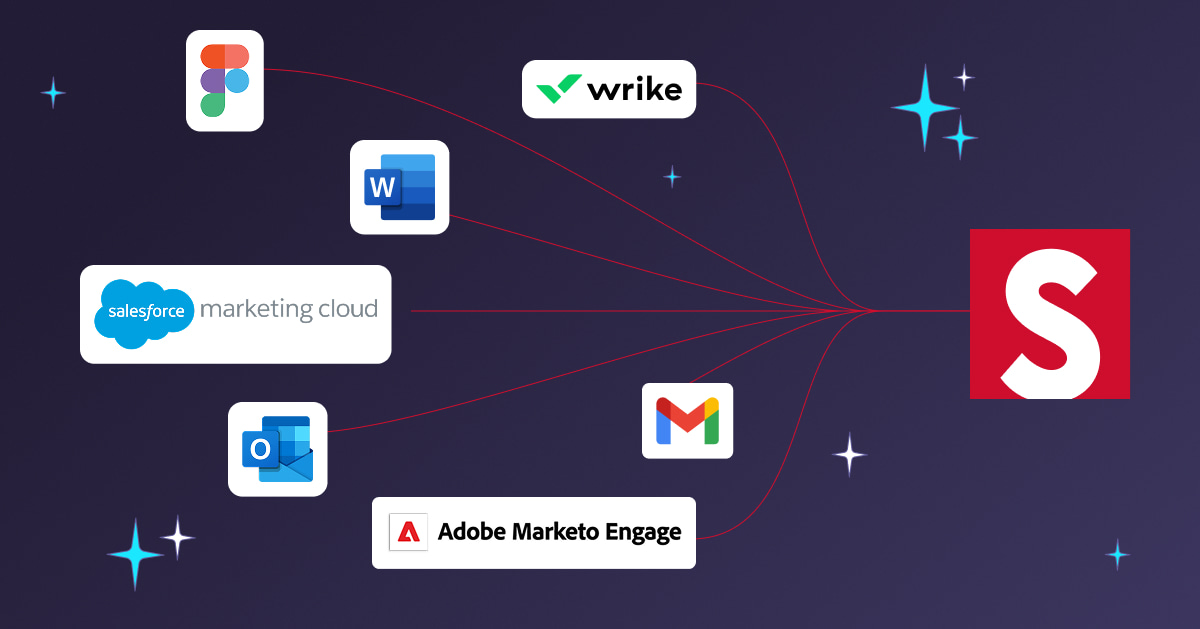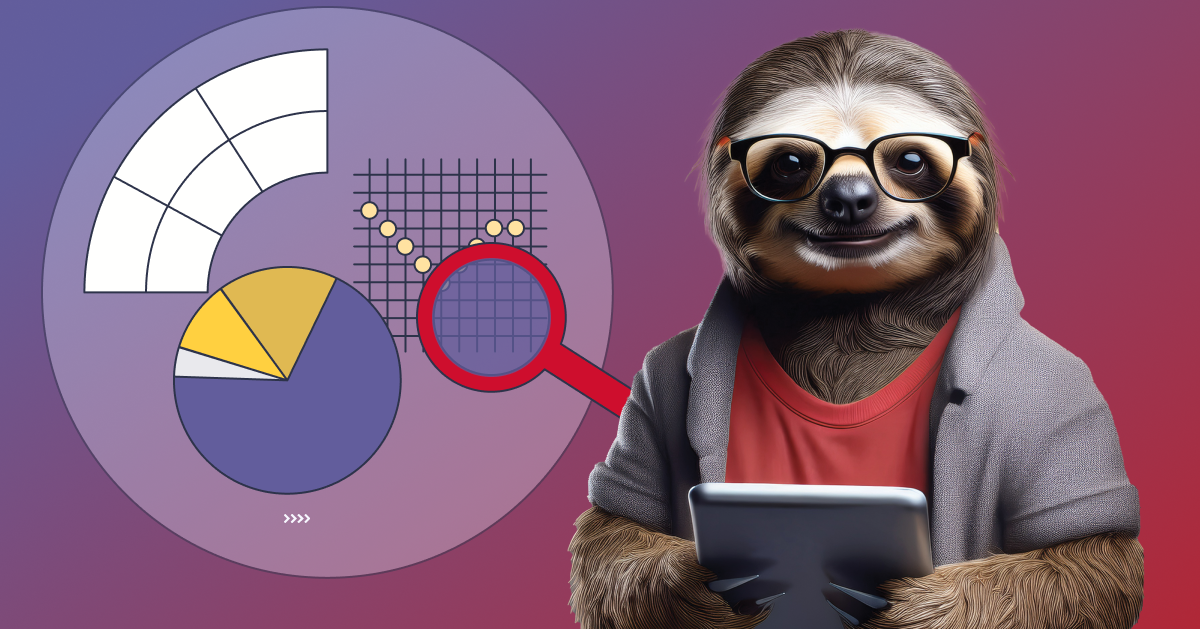Distributed marketing combines the best of centralization and decentralization, with a central marketing team that creates on-brand, professional resources and assets and local teams that customize and co-brand them.
If you’re ready to leverage your local knowledge and expertise while pooling budget, resources, and systems in a central team then distributed marketing is the way to go.
So how can you move your team to a distributed model, and what are the first steps?
What’s the business case for you?

While you and your team may have decided that a distributed model is right for you, you’ll still need to convince other stakeholders and make a compelling business case for the change.
Detail the specifics of the business case, why it’s needed, and the benefits it’ll bring to the business.
These benefits could include ensuring brand integrity across marketing teams, centralizing systems and data management, pooling resources, high-quality assets that can be easily customized, and better performance tracking.
Check out our blog, The Pros and Cons of Centralized, Decentralized, and Distributed Marketing Teams, to learn more.
Who should be on your team?

Once you’ve sold the business case to the rest of the organization and secured stakeholder buy-in, it’s time to start planning the move to a distributed model.
First and foremost, identify the team that’s going to be helping with the change. Who will need to be involved? What’s their level of involvement? What planning and preparation is needed?
By understanding who these team members are, you’ll be able to establish a core team to manage the transition. Some companies call this the Center of Excellence.
Whether they’re managing the technology or the processes, you need dedicated people to manage the change and ongoing production.
How are things now, who’s involved, and what changes are going to be made?

The change management team will determine who the end users are (both in the central team and in the local, distributed teams), what emails they’ve been requesting, and what emails they need to create.
The team will then set up a process for creations and approvals, including; how those end users are going to build emails; what technology and templates they’re going to use; what controls will need to be implemented; what the request process will look like; and what the approval process will look like.
On the operation side, they’ll examine who’s doing the email deployment, and whether it’s going to be centralized or decentralized. They will decide whether both the production and deployment needs to be distributed, or only the production.
The arguments for keeping deployment centralized is to manage cadences, keep end users out of personally identifiable information (PII) and complicated email service providers (ESPs), and safeguard the approvals process.
What do your internal customers want?

Before your team can map out the steps and plans above, they need to sit down and listen to the end users to understand what they want.
While you may have a comprehensive rollout organized, it’ll prove ineffective if you don’t get buy-in from end users, as well as stakeholders.
Add some end user discussions and forums into your plan to ensure you understand all the current processes and issues, mapping out how everything is being done today and aligning those details with the new, proposed processes.
How are you going to roll these changes out?

Now that you’ve incorporated end user feedback and determined the steps needed to make the move to a distributed model, it’s time to implement a phased rollout.
With any big structural change, staggered deployment is essential. Map out each phase of the rollout and the stakeholders involved, including the team members who will manage each phase.
As the rollout progresses, you should make sure that you mix power (i.e. heavy) users with non-power (i.e. light) users. Whether they create an email a week or just once a month, each user needs to be fully versed in the new creation and approvals processes.
Throughout the rollout, continually seek feedback and monitor the different phases to ensure that users are engaging with and understanding the changes. Implement training at each stage to aid in this and ensure users are actively using new tools and systems.
If your team is interested in making a big change, whether it’s decreasing email production time by 90% or increasing output by 10X, then reach out today to schedule your personalized demo.




